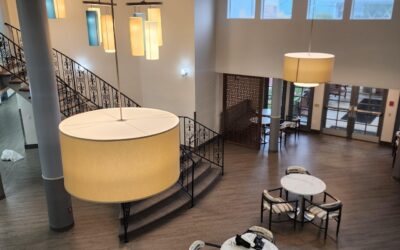Are you wondering what engineering services you might need on your next property development?
Property development is no small feat. From groundbreaking to grand opening, every phase is a symphony of moving parts, all orchestrated by the unseen hands of engineers.
If you’re a property developer, understanding the role of engineering is key to unlocking the full potential of your projects.
Here are seven essential engineering services you need to know.
1. Civil Engineering: Laying the Groundwork for Development
What is Civil Engineering? Civil engineers design, construct, manage, and maintain the infrastructure that makes modern life possible, from bridges and highways to water treatment plants.
Development and Land Planning
Before a shovel touches earth, civil engineers are on the scene, strategizing the best use of land for a proposed project. Their roles include:
-
Site Selection: Orchestrating a geometric dance between layout, function, and local zoning regulations.
-
Surveying: Mapping the land to account for every contour, elevation, and boundary that could impact the build.
-
Permitting: Navigating the bureaucratic labyrinth of local government approval processes.
Water and Utilities Management
Civil engineers ensure your property has access to essential services:
-
Drainage Design: Safeguarding your investment from water with meticulous stormwater management solutions.
-
Sewer and Water Systems: Expertly planned networks to serve the development’s needs and comply with health standards.
-
Utility Relocation: Shifting existing services, like power lines or gas pipes, to accommodate new construction.
2. Structural Engineering: Building the Bones of Projects
What is Structural Engineering? These are the masterminds behind the strength and stability of any building or structure.
Essential Structural Cues
Structural engineers consider the physics and materials to ensure your project’s integrity and durability:
-
Material Selection: Helping developers choose the right substances, whether steel, concrete, or cutting-edge composites.
-
Design Analysis: Utilizing advanced software to model structures under various loads and conditions.
-
Foundations: Crafting the invisible but indispensable support for your building that meets local seismic and load codes.
Managing the Physical Forces
Everything from gravity to high winds must be factored into the design and engineering process:
-
Load-Bearing Walls: Strategically placing walls to carry vertical loads and support the entire structure.
-
Lateral Resiliency: Creating systems—such as brace frames and shear walls—to counteract sideways forces.
3. Mechanical Engineering, Electrical Engineering, and Plumbing Engineering (MEP): The Lifeblood of Buildings
What is MEP Engineering? Often called the life support system of any modern building, MEP systems control everything from air quality to data transmission.
Integrated MEP Planning
Synchronization is key in the MEP domain:
-
System Synergy: Ensuring mechanical (heating, ventilation, and air conditioning), electrical, and plumbing systems work seamlessly together.
-
Energy Efficiency: Incorporating the latest technology to reduce the project’s carbon footprint and operational costs.
-
Space Allocation: Coordinating with architects to find space for MEP without compromising the design aesthetic.
Smart MEP Implementation
The complexities of MEP demand expertise:
-
Equipment Specification: Recommending the right HVAC units, electrical transformers, or plumbing fixtures for your building’s scale and use. All plumbing, electrical, and mechanical engineers keep up to date with new technologies for all future clients so that you don’t have too!
-
Installation Supervision: Overseeing the precise and timely integration of MEP systems into the building shell.
4. Geotechnical Engineering: Building on A Solid Foundation
What is Geotechnical Engineering? This is the understanding and application of the earth sciences to engineering problems.
Soil and Rock Assessment
When it comes to constructing the indestructible:
-
Bearing Capacity: Testing soils to determine if they can support your structure’s weight.
-
Settlement Analysis: Predicting how much and how quickly the foundation might sink.
-
Site Investigation: Exploring beneath the surface to identify potential hazards or hidden assets.
Foundation Design and Earthworks
Geotechnical engineers sculpt the subterranean landscape:
-
Foundation Recommendations: Creating the right base for your structure, be it shallow, deep, or innovative.
-
Retaining Wall Planning: Providing solutions for making the most of uneven topography.
-
Excavation Support: Techniques and materials to support the sides of a trench or foundation pit.
5. Environmental Engineering: Crafting a Sustainable Tomorrow
What is Environmental Engineering? Applying principles of engineering, biology, and chemistry to improve the natural environment.
Responsible Resource Use
Mitigating environmental impact through innovation:
-
Waste Management: Developing strategies for on-site or off-site waste and recycling.
-
Water Conservation: Designing systems that reduce your project’s water footprint without sacrificing functionality.
-
Energy Recovery: Integrating systems that capture waste energy for reuse or power generation.
Environmental Compliance
Helping your project progress while respecting nature:
-
Regulatory Navigators: Keeping abreast of changing environmental laws that affect construction and operations.
-
Impact Assessment: Predicting and addressing how your project may affect air and water quality, local ecosystems, and noise levels.
6. Acoustic Engineering: The Sound of Silent Success
What is Acoustic Engineering? Managing the acoustical properties and sound transmission in buildings.
Design for Acoustic Excellence
Creating spaces where sound serves, not distracts:
-
Dispersal Design: Ensuring areas are shaped and constructed to allow sound to carry or be dampened as needed.
-
Noise Control: Preventing unwanted sound from entering or escaping a space, from walls and windows to HVAC ductwork.
-
Reverberation Control: Addressing the quality of acoustic space to avoid echo and too much or too little sound reflection.
Specialty Environments
From concert halls to medical facilities, acoustic engineers understand the unique sonic demands of every space and tailor their solutions accordingly.
7. Multidisciplinary Integration and Building Information Modeling (BIM)
What is Multidisciplinary Integration? It is the seamless blending of different engineering disciplines to achieve optimum project outcomes.
BIM’s Role in Integration
Building Information Modeling is the ultimate unifier:
-
Central Project Repository: A single source of truth for all project data, from schematic design to post-construction maintenance.
-
Simulation-Based Design: Virtual modeling that simulates the MEP and structural systems working in concert.
-
Clash Detection: Identifying and resolving conflicts between different engineering elements before they become expensive on-site problems.
Interdisciplinary Communication
The lines blur between engineering disciplines as they inform and enhance one another:
-
Weekly Design Reviews: A forum for open communication and problem-solving across the project team.
-
Cross-Training: Equipping engineers with the language and concepts of other disciplines to encourage a holistic approach.
Property developers without an engineering strategy are like builders without blueprints—straight into a minefield of missed opportunities and costly course corrections.
By integrating the right engineering services into your projects, you not only ensure their safety and efficiency but also their profitability and lasting appeal.
Before you break ground on your next venture, consider the expertise and foresight that professional engineering firms can provide. With these industries’ services at your side, you’ll build not just structures, but legacies.

South Coast Improvement – Your Design Build Service Including All Engineering Services
At South Coast Improvement, we take pride in being your comprehensive design-build service provider, encompassing all facets of engineering to bring your vision to life.
From the preliminary draughts to the final touches, our team of seasoned experts in mechanical, electrical, plumbing, geotechnical, environmental, and acoustic engineering professional services ensure that every corner of your construction projects measure up to the highest standards of quality, sustainability, and excellence.
Reach out to us Today!
Your project deserves the best, and at South Coast Improvement, we’re committed to transforming your ideas into reality with precision and creativity.
Whether it’s integrating cutting-edge environmental practices, designing for acoustic perfection, or engineering a foundation that stands the test of time, we have the expertise and the passion to exceed your expectations.
Contact us today to begin the remarkable journey of turning your dreams into durable and functional art. We’re by far one of the best construction companies in the industry!
View Our Work
Brandywine Haverford Estates by Monarch
South Coast Improvement Company has completed interior renovations at the senior living community, Brandywine Haverford Estates by Monarch. We were entrusted with enhancing the facilities, and the results speak for themselves. The team brought diligence and...
Nouveau Marc by Barclay House
South Coast Improvement Company proudly partnering with QSL Management delivered a comprehensive renovation at Nouveau Marc by Barclay House, a premier senior living community. This project focused on revitalizing key resident areas with an emphasis on safety,...













